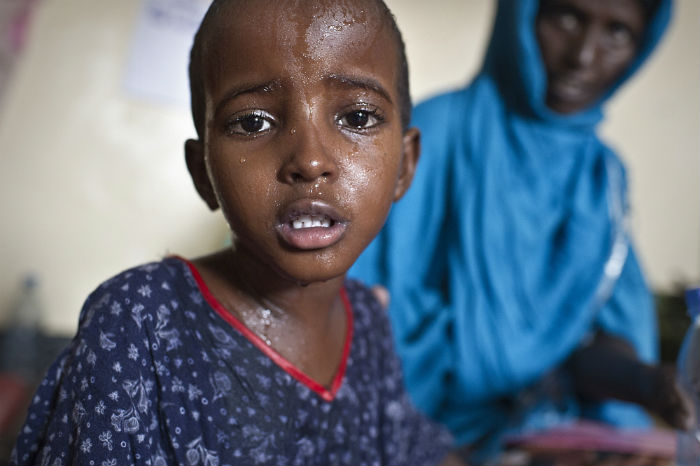By: Barbara Axt
Send to a friend
The details you provide on this page will not be used to send unsolicited email, and will not be sold to a 3rd party. See privacy policy.
A lack of knowledge about diseases that cause fever leads to too many wrong diagnoses in Africa, according to a study.
High fever is a common symptom in many different diseases, but too often leads to a diagnosis of malaria, one of the most common tropical diseases, say the authors of the study, which was published in PLOS One last week (30 June).
The study says that healthcare workers need better information about what other fever-causing diseases are common in their area to decide how to treat a patient, says John Crump, a global health researcher at the University of Otago in New Zealand, and an author of the study.
“With all the investment in malaria in the last [few] years, cases of malaria have decreased,” he says. “The question for this study is: what is all this fever that is not malaria?”
The study is based on a systematic review of 45 research projects that together detail more than 54,000 patients admitted to hospital in Africa with severe fever.
Apart from malaria, the main causes of fever were viral infections such as dengue fever, which affected 17.4 per cent of the tested patients. Bacterial or fungal bloodstream infections were found in ten per cent of cases, and zoonotic bacterial diseases — those passed to humans from animals — in 3.9 per cent of patients.
Crump says many low- and middle-income countries lack the infrastructure for clinical microbiology tests. Rapid diagnostic tests for malaria have become more widely available, but if these come back negative there are usually no other tests available to help clinicians work out what to do next, he says.
With more detailed data on the typical local causes of fever, the authors write, clinicians could decide on treatments for patients with high fever even without access to tests.
“If they know that, for example, typhoid fever is very common in that area, then they know it’s likely that the patient has typhoid, and treat them accordingly,” says Crump.
More detailed data would also allow governments to invest money more effectively in diagnostics or prevention, according to the authors.
The study chimes with healthcare workers trying to combat fever-causing diseases in the field. Karen Kotloff, a researcher at the Center for Vaccine Development at the University of Maryland in the United States, says that when her team set up a microbiology laboratory at a hospital in Mali in 2001, they thought that malaria caused all fever in the region.
“We worked together to introduce those vaccines and many children’s lives were saved. Fever has many causes, each with different treatments, and understanding these causes is very important.”
References
Namrata Prasad and others Etiology of severe febrile illness in low- and middle-income countries: a systematic review (PLOS One, 30 June 2015)














